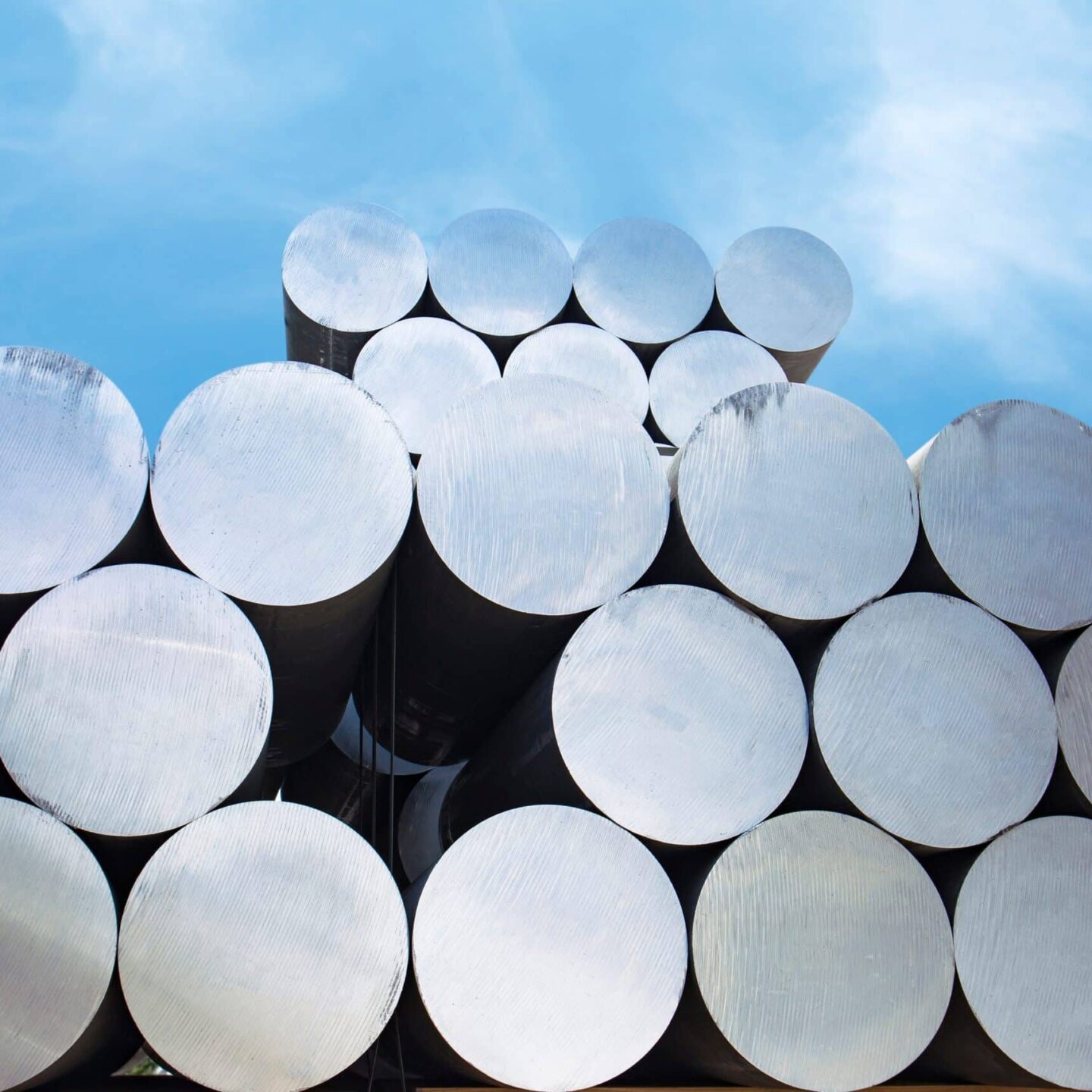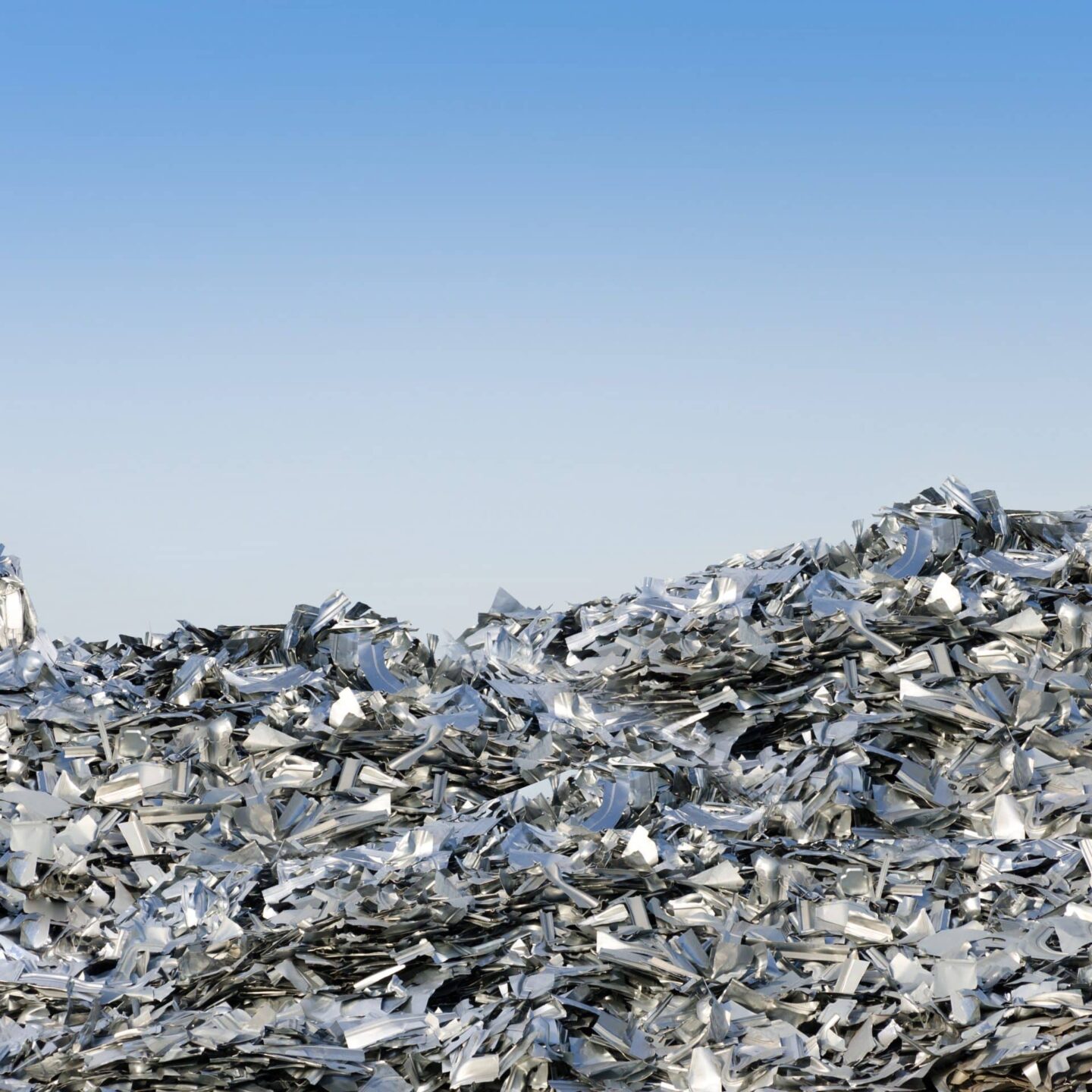Reducing the weight of transportation vehicles is an important method of improving fuel efficiency – reducing energy consumption and greenhouse gas emissions.
The 20 million tonnes of aluminium used in transport today could save 400 million tonnes CO2 and over 100 billion litres of crude oil over the vehicles’ life.
About 660 million tonnes of greenhouse gas could be saved during the use phase if all transport units (including road vehicles, trains and aircraft) were replaced by lightweight vehicles of current design with the same functional properties.
Over 80% of energy consumption and corresponding emissions are associated with the automotive use phase. The focus of measures to reduce energy consumption during the life cycle of a vehicle should therefore concentrate on the use stage.





